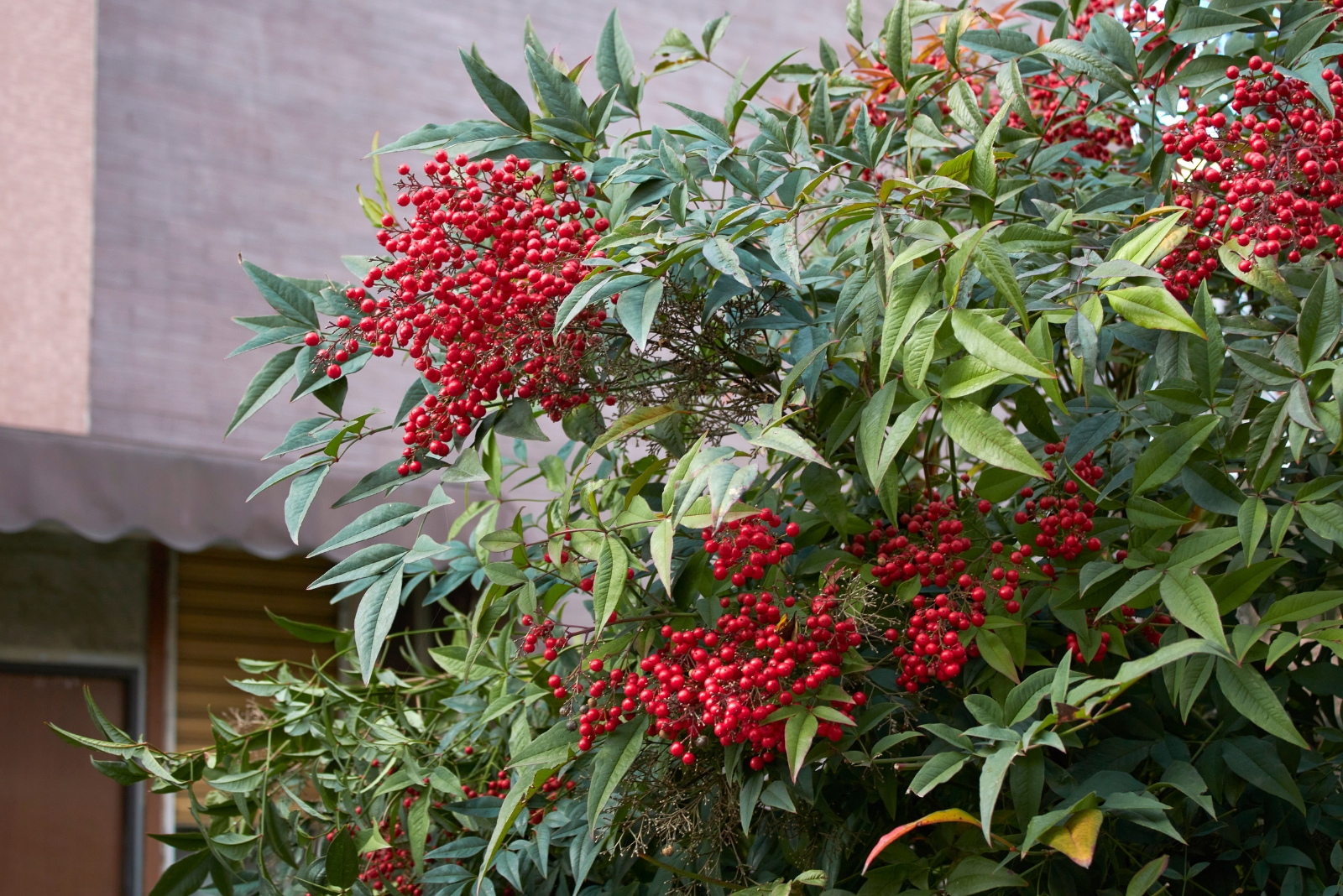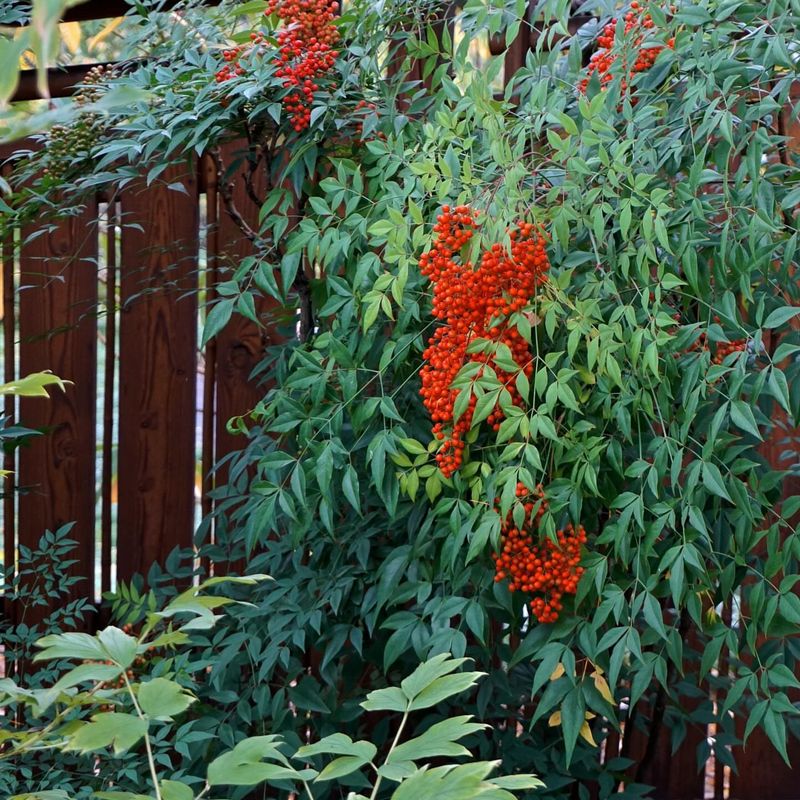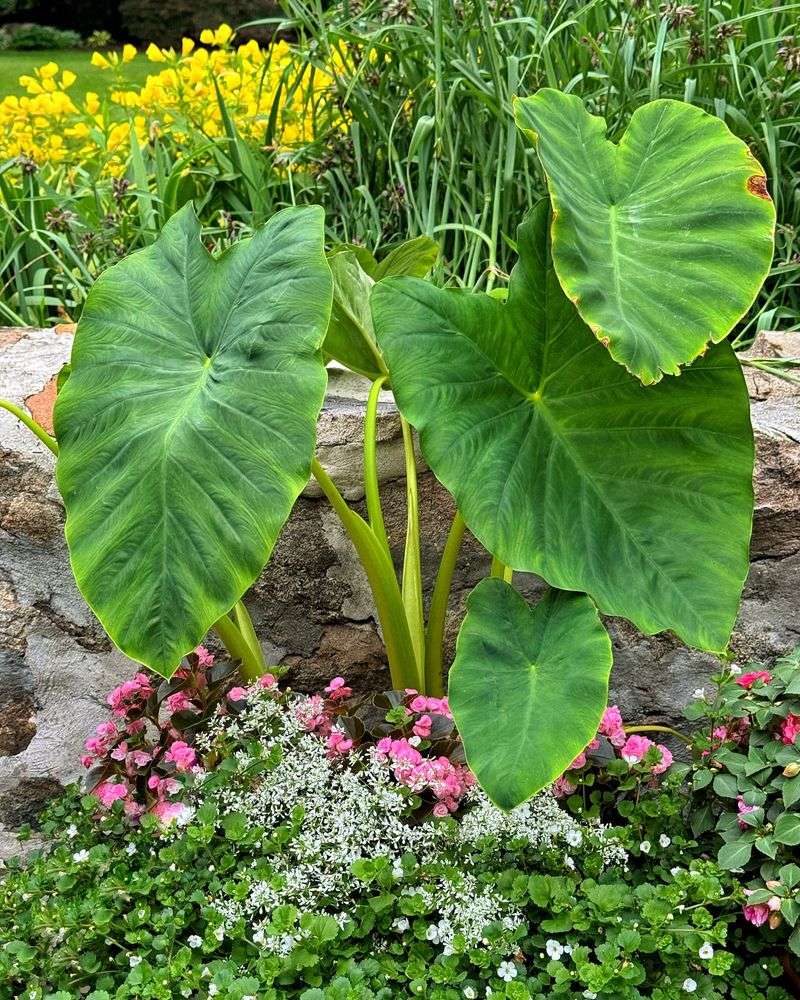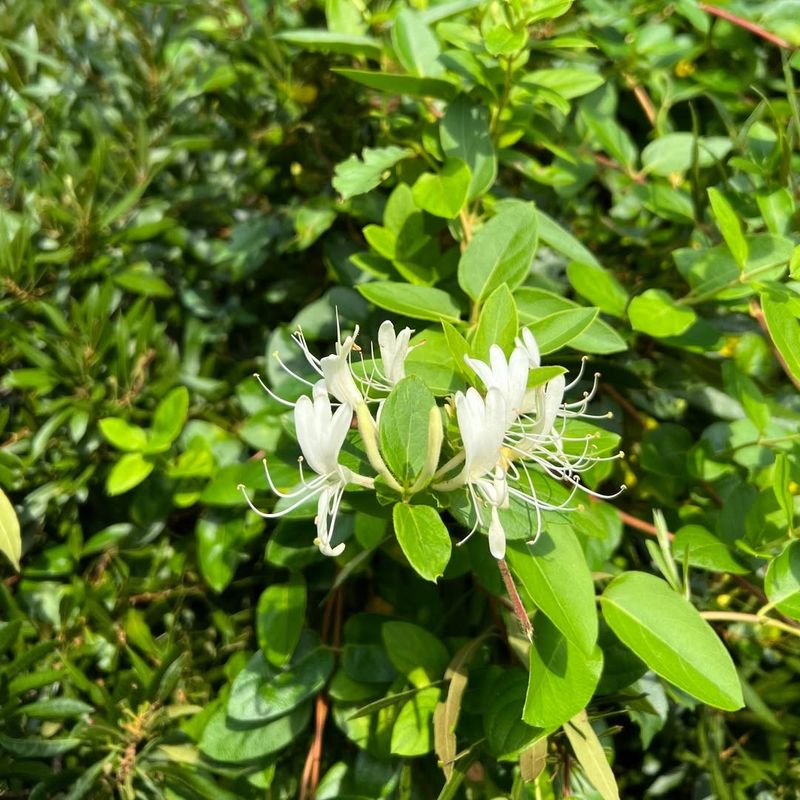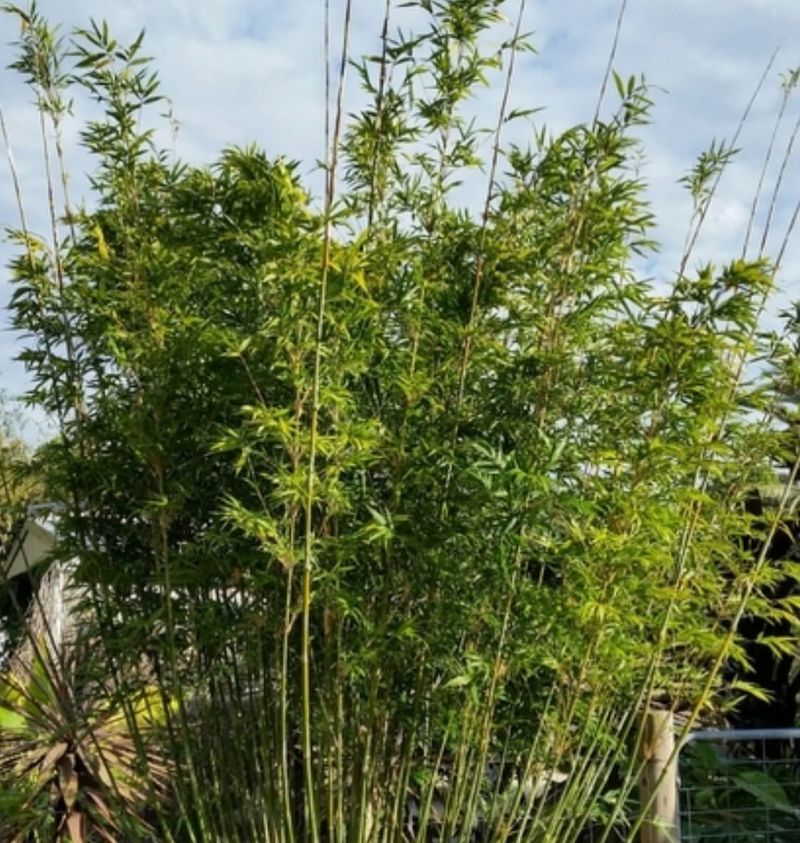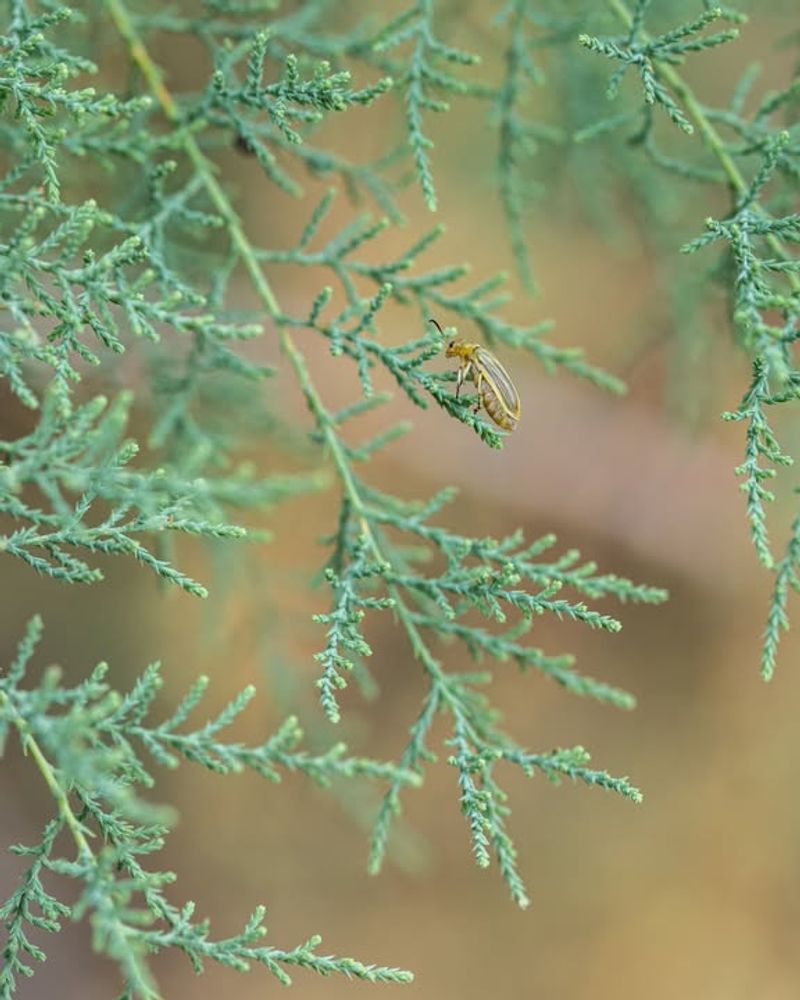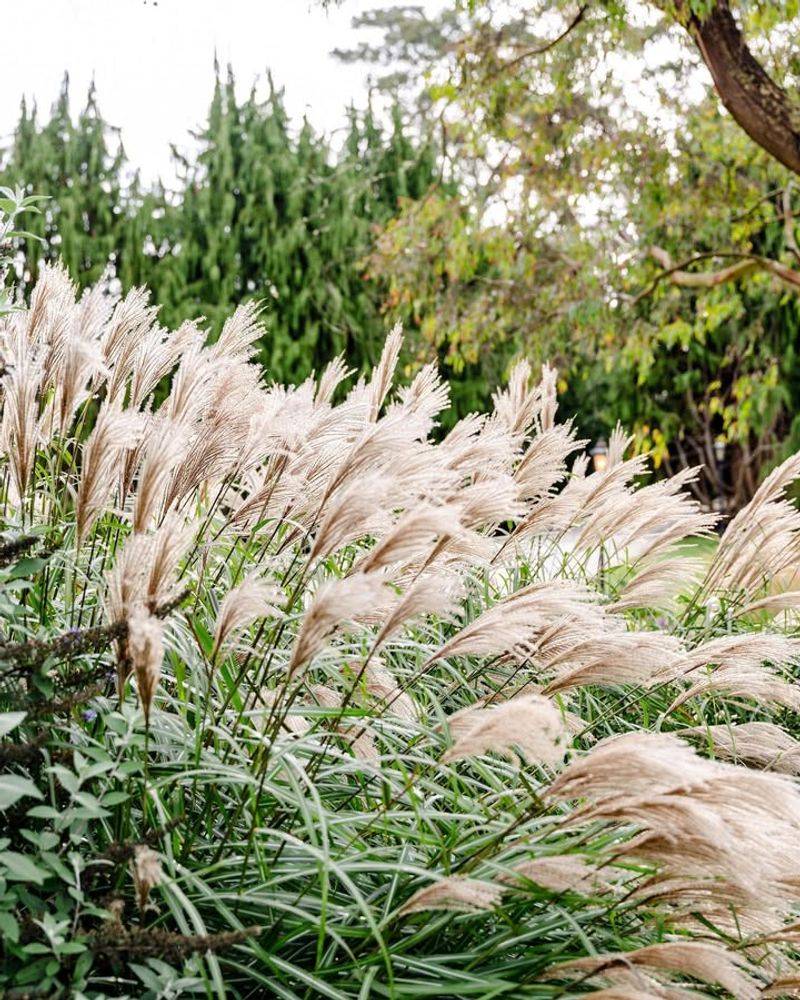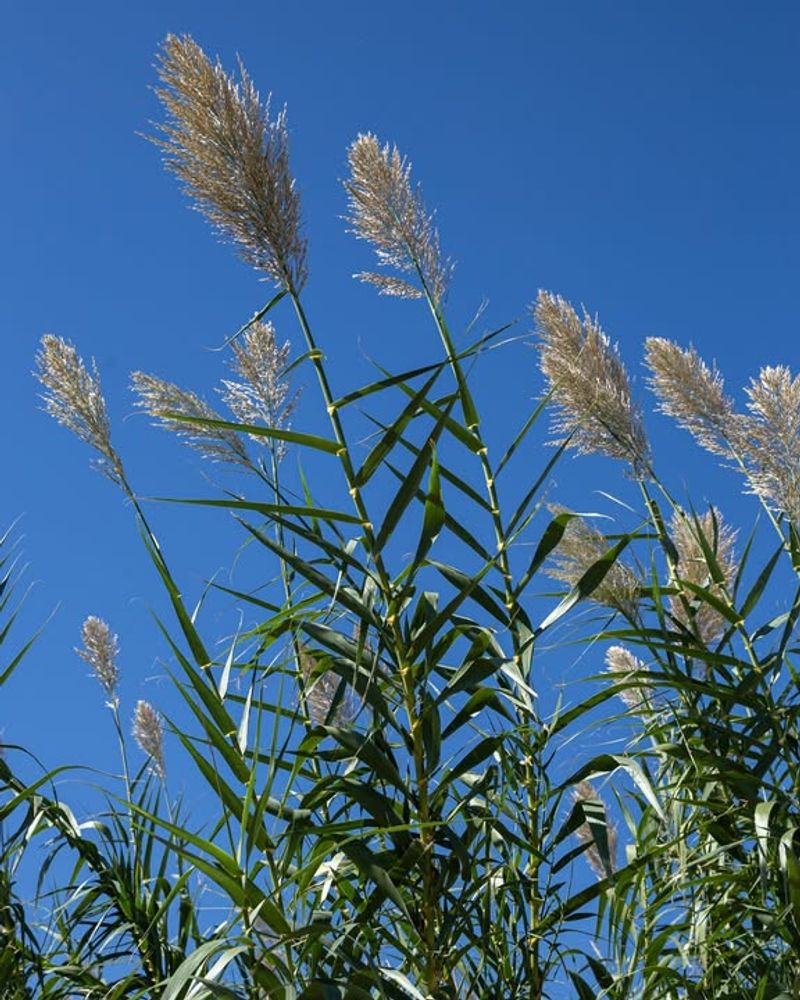Some beloved Texas garden plants could be on the chopping block sooner than you think. I’ve seen a few of my favorites appear on the experts’ radar, and it was a real surprise.
Staying informed now gives you a chance to protect your garden plans. Acting early ensures your yard stays both beautiful and compliant.
1. Chinese Privet
Homeowners across Texas have planted this glossy-leafed shrub for decades, loving its fast growth and privacy screening abilities. Birds spread the seeds everywhere, creating dense thickets that choke out native plants in forests and along waterways.
Environmental agencies report it now infests over half a million acres statewide. Control costs have skyrocketed into millions annually. Experts warn that stricter regulations are likely coming soon, possibly including a complete sales ban to protect vulnerable ecosystems from further damage.
2. Nandina
Bright red berries and elegant foliage make nandina a landscaping favorite around Texas homes. Garden centers stock multiple varieties every spring. But those attractive berries contain cyanide compounds toxic to cedar waxwings and other songbirds.
Wildlife deaths have prompted serious discussions among state regulators. The plant also escapes cultivation, spreading into natural areas where it outcompetes beneficial native species. Botanists predict Texas may follow other states in restricting or banning sales within the next few years.
3. Chinaberry Tree
Grandparents planted these shade trees throughout rural Texas generations ago. Fast growth and pretty purple blooms made them popular choices for farmsteads. Unfortunately, they spread aggressively through livestock pastures and native grasslands.
The yellow berries are toxic to animals and children if ingested. Seedlings pop up everywhere, creating management headaches for landowners trying to maintain native habitats. State agricultural officials are increasingly concerned, and many conservation groups are pushing for nursery sales restrictions before the problem worsens further across Texas.
4. Elephant Ear
Dramatic tropical looks bring flair to Texas water gardens and shady spots. Those massive leaves create instant jungle vibes that homeowners adore. Yet several elephant ear species have become serious wetland invaders.
They form impenetrable stands along creek banks and pond edges, blocking sunlight and eliminating native aquatic plants. Wildlife loses critical habitat and food sources. Removal requires expensive, repeated efforts. Environmental managers warn that sales restrictions may be necessary to prevent further spread into precious Texas wetlands and riparian zones.
5. King Ranch Bluestem
Ranchers introduced this African grass decades ago as cattle forage across Texas. It seemed like a perfect solution for improving pasture productivity. Reality proved different as the grass spread beyond control.
Native prairies suffered as this aggressive invader took over, reducing biodiversity and increasing wildfire risks. Even ranchers now regret its introduction. State land management agencies are considering regulatory action to prevent further planting. Many experts believe Texas will eventually ban sales and require eradication efforts on public lands.
6. Japanese Honeysuckle
Sweet fragrance and hummingbird appeal made this vine a Texas garden classic. Kids love pulling the flowers to taste the nectar. But this vigorous climber quickly escapes yards, smothering trees and native vegetation.
Forest managers spend countless hours trying to remove it from nature preserves. It grows so aggressively that it can kill mature trees by blocking their sunlight completely. Conservation officials are advocating for sales bans, arguing the ecological damage far outweighs any ornamental value for Texas landscapes.
7. Bamboo
Running bamboo varieties create privacy screens and Asian-inspired gardens throughout Texas neighborhoods. Homeowners plant it for quick results and exotic appeal. Then the nightmare begins as underground rhizomes invade neighboring properties.
Removal often requires professional help and costs thousands of dollars. Property disputes over bamboo invasions fill small claims courts. Municipal governments receive constant complaints. Several Texas cities already restrict bamboo planting, and state-level regulations targeting the most aggressive species appear increasingly likely within the coming years.
8. Saltcedar
Pink feathery blooms look delicate along Texas waterways. Originally planted for erosion control, saltcedar now dominates thousands of miles of rivers and streams. Each tree consumes enormous amounts of water through deep taproots.
This water theft devastates downstream communities and wildlife habitats during droughts. Native cottonwoods and willows cannot compete. Removal programs cost millions annually. State water officials are exploring stronger regulations, including potential bans on any planting or sale, to protect precious Texas water resources from further depletion.
9. Maiden Grass
Landscape designers love these graceful ornamental grasses for Texas xeriscapes. Silvery plumes wave beautifully in the breeze, and drought tolerance makes them low-maintenance choices. Seeds blow for miles, though, establishing new colonies in prairies and roadsides.
Native grasslands face displacement as maiden grass spreads. Wildflowers lose ground to these aggressive competitors. Botanists worry about long-term ecological impacts. While not yet as problematic as some invaders, experts predict Texas may implement restrictions as awareness grows about potential threats to native plant communities.
10. Giant Reed
Towering bamboo-like canes form massive colonies along Texas rivers and ditches. Some stands reach twenty feet tall, creating impenetrable barriers. Originally used for erosion control and musical instruments, giant reed now ranks among the state’s worst invasive plants.
It increases flood risks by clogging channels and provides poor wildlife habitat compared to natives. Fire danger escalates in infested areas. Eradication efforts cost millions with limited success. State officials are seriously considering a complete ban on cultivation and sales to prevent further spread throughout Texas watersheds.

